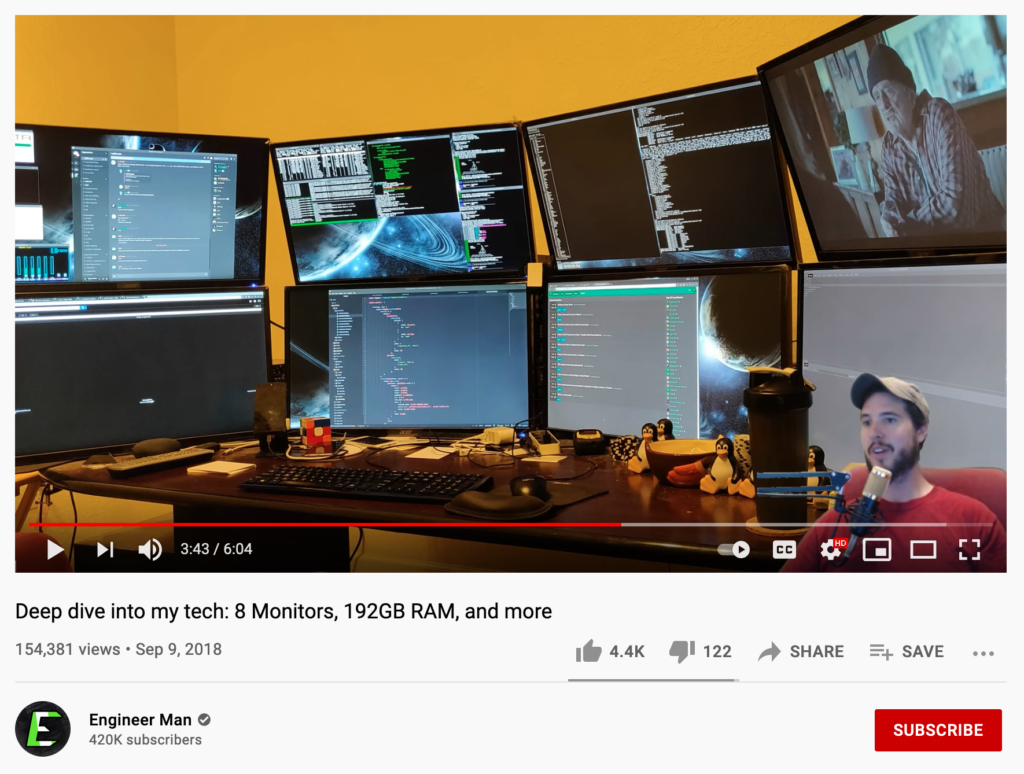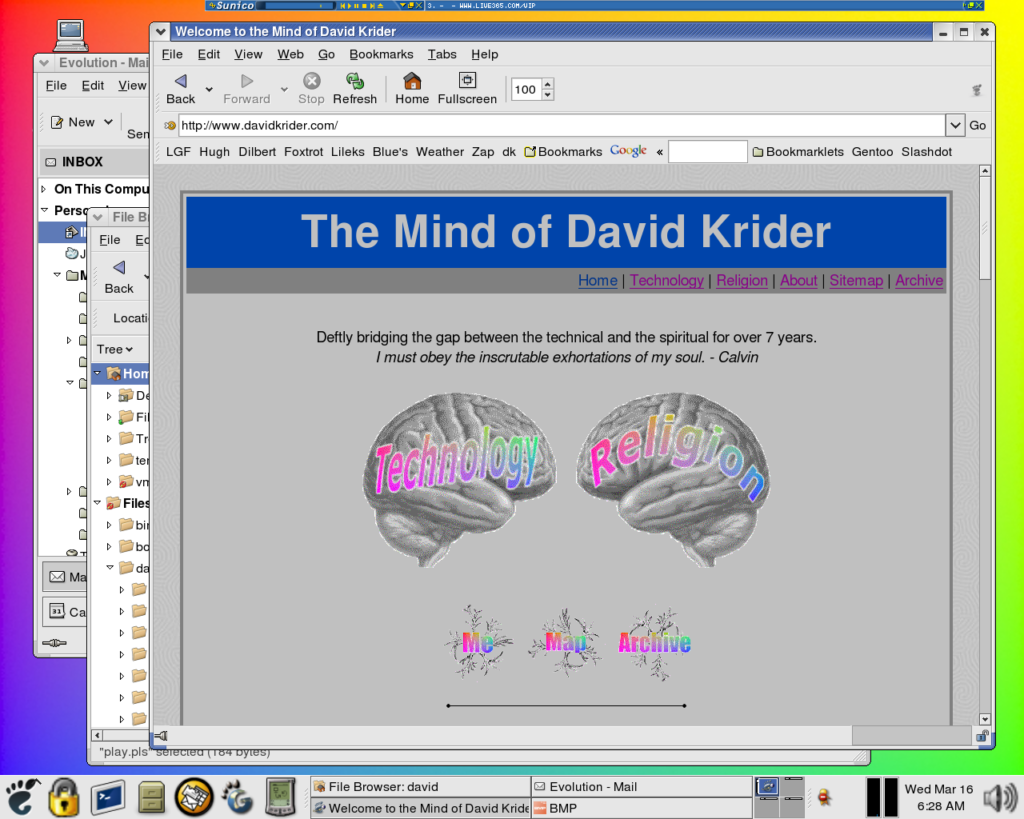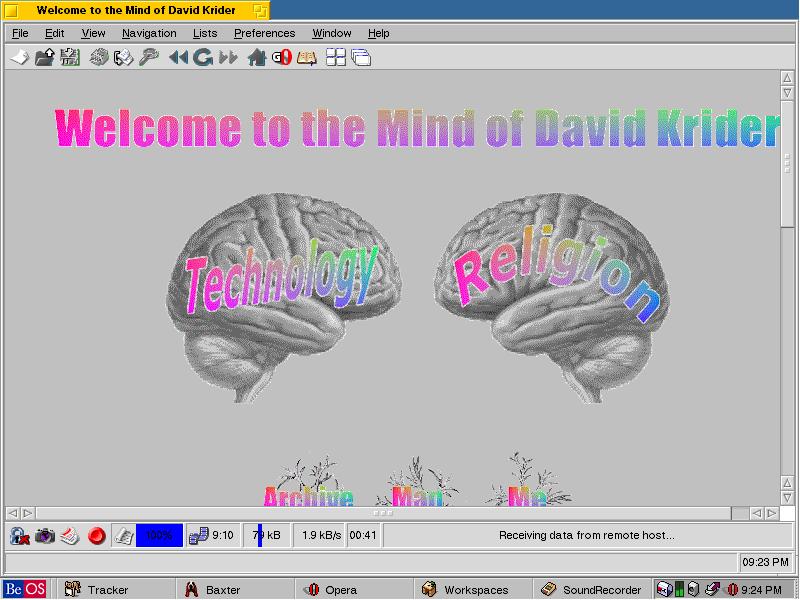It’s particularly notable since some people are worried that macOS is inching toward the iOS model, making it a little more difficult to install unauthorized software with each new version. If you were already anxious about the Mac ecosystem closing off entirely, Federighi’s testimony gave you plenty more to worry about.
Source: Nine things we learned from the Epic v. Apple trial – The Verge
Indeed. Federighi says he’s worried about malware on macOS. I think that’s scaremongering. (Now watch me get a virus.) But, for all-around safety, I’ve come to the tenuous conclusion that requiring everything to be signed is acceptable. However, if Apple finally closes the last door, and begins to require that everything you install on a Mac to come through the App Store, we’re going to have a problem. As a Rails developer, I’m very worried about the trend of making macOS more and more like iOS, but I don’t seriously think they can ever do this, completely, and I’ll step through why.
A large part of the reason that Apple sells Macs is for development. Obviously, developers must make up a very small percentage of Mac users, being dwarfed by media creators, but the inescapable reality is that Apple themselves require a Mac to write software for their most-profitable products: the iPhone and iPad. So, even by Apple’s own rules, a generally-open development environment needs to exist to continue to support their mobile ecosystem.
Very closely related to this is that a lot of developers (like me) prefer the platform for developing web apps, which, again, is a type of development that helps Apple’s efforts. I mean, they don’t want people going off and creating Windows-native applications, right? So keeping the operating system of Macs in such a state as to make it productive for web development is — at least tangentially — also in their own best interests. However, this sort of focus almost requires the use of either Homebrew or MacPorts, which I have a hard time believing could be delivered through the App Store.
So, following the logic, and while I understand that it might be really attractive to Apple leadership to lock down macOS as tightly as iOS, I don’t see a path for getting there. At least, not in a way that won’t alienate the entire demographic of developers. Obviously, if they get really serious about it, they could lock the system down for iOS app development, but I think this would leave web development blowing in the breeze. If that were to happen, my only consolation is that Linux is just as nice for doing Rails development as macOS. It’s not as great for just about everything else, but it is a first-class platform to develop web applications on. So, moving back to Linux on the desktop is a viable fallback position for me, and the really great thing about that is that no one can take that away from me.




